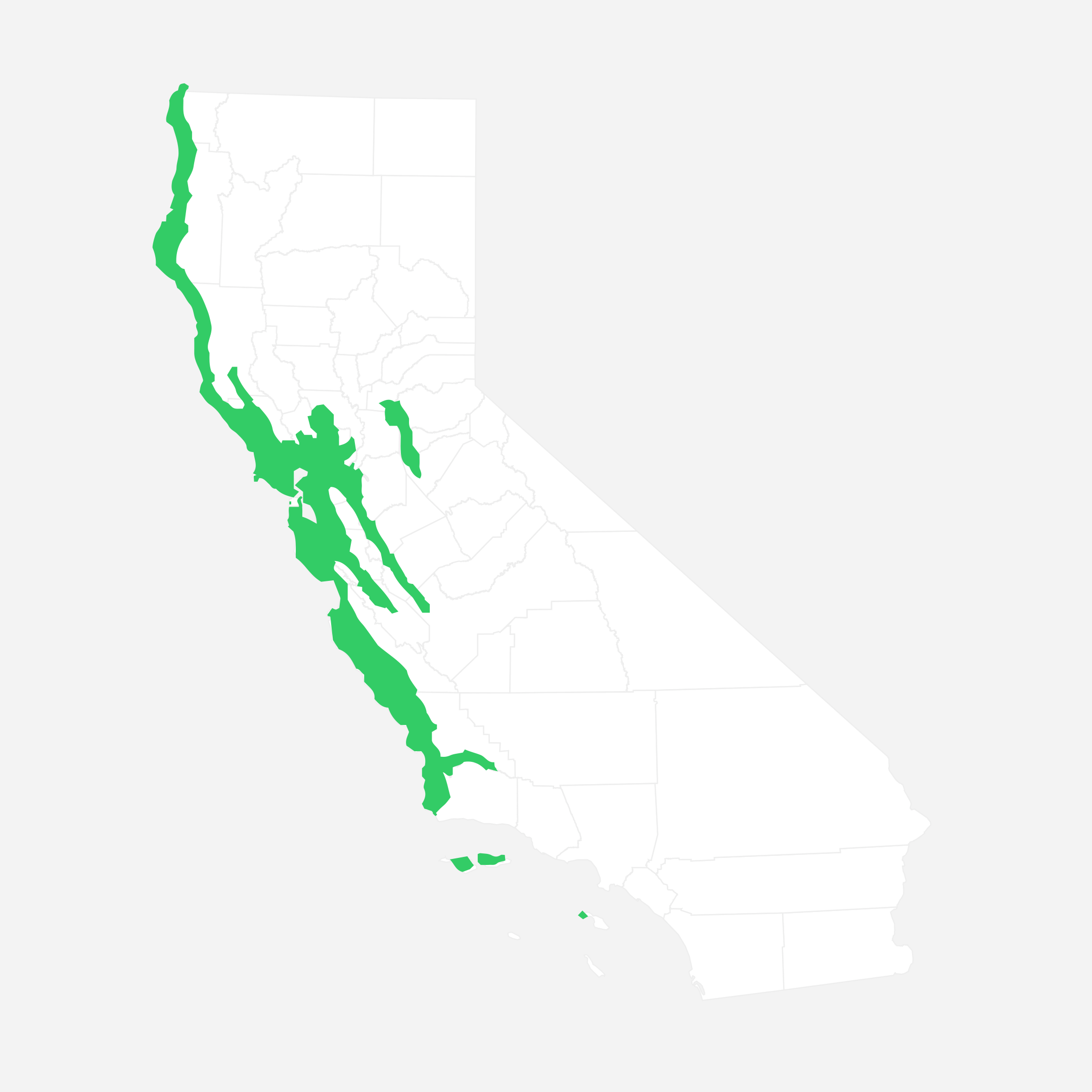Prairie:
Distribution
Coastal prairies occur where there is a convergence of conditions such as moisture availability, climate, terrain, and appropriate disturbance regimes, usually within 100 km of the coast. Unlike the vast prairies of the Great Plains, California’s coastal prairies are a patchwork of smaller grasslands within northern coastal scrub (shrub land usually dominated by either coyote brush or bush lupines) and forests.

California tribes regularly burned coastal grasslands to increase the quality and quantity of grassland resources. Through their burning practices native people maintained and increased the extent of coastal prairie and grassland habitat in relation to coastal scrub, chaparral, and forest, from southern California to Oregon (Bicknell 1992; Bicknell, et al. 1993a; Bicknell, et al. 1993b; Bicknell, et al. 1993c; Raven and Axelrod 1995; Stewart 1951).
On the west coast, coastal prairies occur from Oregon to southern California in the following types of settings; all but that last are within the zone of coastal fog, which is usually <350 meters elevation. (CNPS 2001; Hayes 2006; Stromberg, et al. 2001):
- Coastal terraces—uplifted marine terraces with deep, well-drained grassland soils.
- Coastal bluff— low-lying grassland vegetation adjacent to eroding ocean bluffs.
- Hillside slopes—with both annual and perennial dominated grasslands including coastal serpentine grasslands.
- Uplifted grassy bald hills—both annual and perennial dominated grasslands on exposed coastal hilltops.
- Lowland grasslands—including sedge meadows, vernal pool grasslands, annual wildflower meadows and perennial wildflower meadows.
- Similar communities, usually dominated by California oatgrass (Danthonia californica), also occur on the fine-textured soils of inland ridge tops beyond coastal fogs (usually >750 meters elevation and with annual rainfall exceeding 100 cm) within a matrix of mixed evergreen or north coastal conifer forests.
.jpg)
The type and number of plants are influenced by the depth, moisture, fertility, and texture of the underlying soils. Soil textures can vary from sand to clay, but are generally mollisols, a soil type that contains a high accumulation of organic matter. The upper layers of grasslands soil are often rich and dark with organic matter from decaying roots and stems.